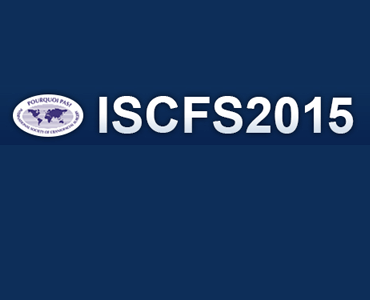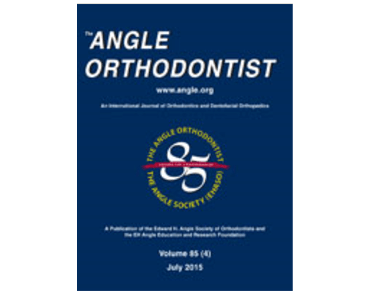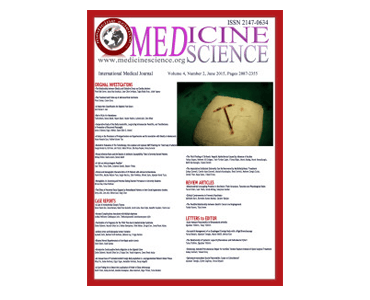Measuring Symmetry in Children With Cleft Lip. Part 2: Quantification of Nasolabial Symmetry Before and After Cleft Lip Repair. J Wu, S Liang, L Shapiro, R Tse.
Date: December 2015. Source: The Cleft Palate-Craniofacial Journal. Objective: The first part of this study validated an automated computer-based method of identifying the three-dimensional midfacial plane in children with unrepaired cleft lip. The purpose of this second part is to develop computer-based methods to quantify symmetry and to determine the correlation of these measures to…









